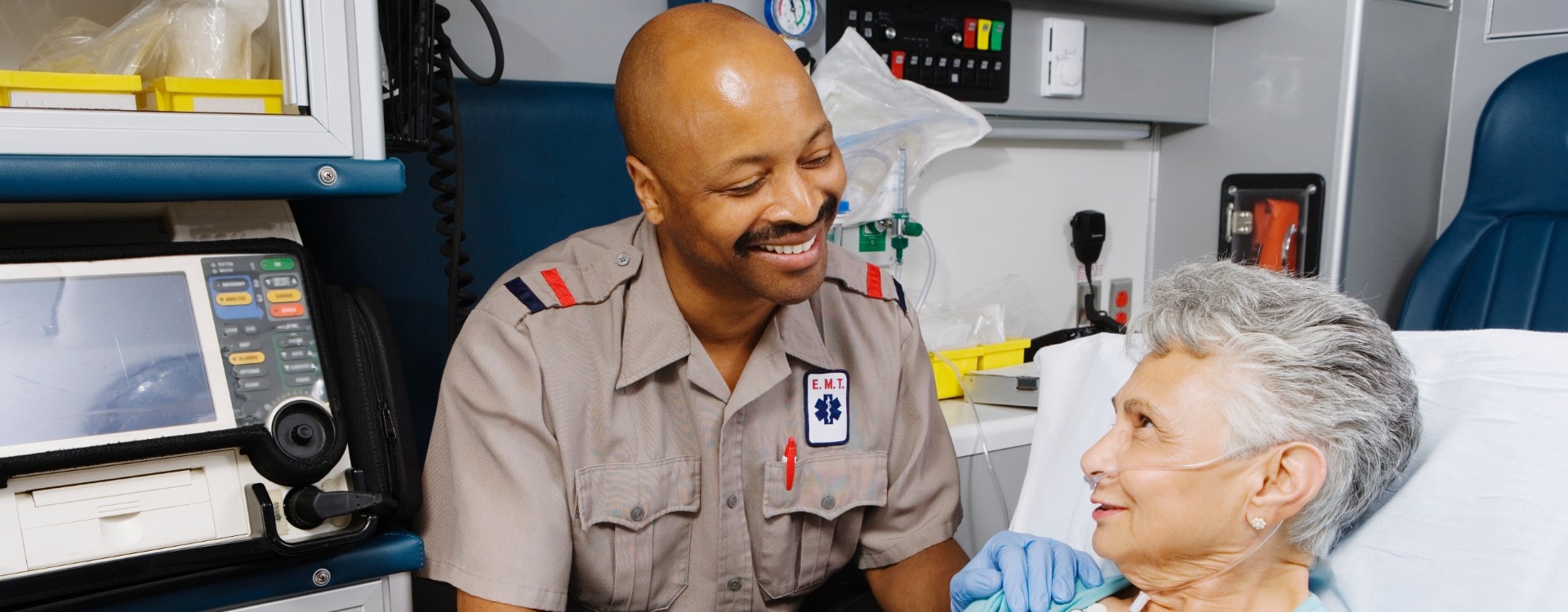Using Fitness Trackers to Encourage Physical Activity
 Exercise and healthy eating can provide significant health benefits to patients of all ages. According to Health and Human Services (HHS),4 nearly 80% of adults are not meeting the key guidelines for both aerobic and muscle-strengthening activity, while only about half meet the key guidelines for aerobic physical activity. This lack of physical activity is linked to approximately $117 billion in annual health care costs and about 10% of premature mortality. Research also demonstrates that increased moderate-to-vigorous activity lowers the risk of heart disease, stroke, and several other health problems.
Exercise and healthy eating can provide significant health benefits to patients of all ages. According to Health and Human Services (HHS),4 nearly 80% of adults are not meeting the key guidelines for both aerobic and muscle-strengthening activity, while only about half meet the key guidelines for aerobic physical activity. This lack of physical activity is linked to approximately $117 billion in annual health care costs and about 10% of premature mortality. Research also demonstrates that increased moderate-to-vigorous activity lowers the risk of heart disease, stroke, and several other health problems.
Healthcare providers can help their clients increase their activity levels using fitness trackers to help them start and/or maintain an exercise program. They can specifically help in two ways. First, they can encourage patients to use fitness trackers in conjunction with goal setting and frequent review of progress. Second, they can educate patients by explaining that tracker data does not need to be 100% accurate in order to be quite helpful for behavior change purposes.1
Danger of Sedentary Behavior
Sedentary behavior (SB) has been defined as any waking behavior characterized by energy expenditure of 1.5 metabolic equivalents (METs) or less, undertaken while in a sitting or reclining posture.5 A MET is the amount of oxygen consumed while sitting at rest and is equal to 3.5 ml oxygen/kg per min. One MET is characterized as poor functional capacity, four METs have good functional capacity, and 10 METs or more show excellent functional capacity. Data from a range of industrialized countries suggest that SB is highly prevalent with the majority of people’s time (55-69% of the day) spent in sedentary pursuits.2
To help combat this epidemic, the first edition of the Physical Activity Guidelines was published in 2008 by HHS with recommendations on what could be done to improve overall health in America. The second edition of these guidelines was published in 2018 which included recent updates and information garnered by research and discussion by multiple agencies. A summary of the guidelines for adults is as follows:4
- Adults should move more and sit less throughout the day. Some physical activity is better than none. Adults who sit less and do any amount of moderate-to-vigorous physical activity gain some health benefits.
- For substantial health benefits, adults should do at least 150 minutes (two hours and 30 minutes) to 300 minutes (five hours) a week of moderate-intensity, or 75 minutes (one hour and 15 minutes) to 150 minutes (two hours and 30 minutes) a week of vigorous-intensity aerobic physical activity, or an equivalent combination of moderate- and vigorous-intensity aerobic activity. Preferably, aerobic activity should be spread throughout the week.
- Additional health benefits are gained by engaging in physical activity beyond the equivalent of 300 minutes (five hours) of moderate-intensity physical activity a week.
- Adults should also do muscle-strengthening activities of moderate or greater intensity and that involve all major muscle groups on two or more days a week, as these activities provide additional health benefits.
Tracking Exercise
One of the most difficult things to do when starting/maintaining an exercise program is keeping track of the time and intensity of the workouts. The latest tools developed to aid in this process are fitness trackers. Interventions using computer, mobile, and wearable technologies can be effective in reducing SB.2 Key advantages include the ability to provide continuous, objective, remote monitoring of physical activity and the potential to improve the efficacy of physical activity interventions.1 Fitness trackers are typically a small electronic device that uses an accelerometer, a tiny instrument that measures acceleration forces, to assess physical activity.1 The devices work by detecting the body’s movement and convert it into data. The data is sent to an application on a smartphone, tablet, or computer, where software computes the number of steps taken, distance traveled, or calories burned. All count the steps you take every day, and most also track the duration and intensity of your activity and estimate calorie use.3
More devices are becoming available on a regular basis, with a myriad of options depending on what the patient wants to monitor. Some fitness trackers can measure intensity (e.g., min/d spent in a certain intensity category), distance traveled, and elevation climbed. Others provide heart rate monitoring and/or global positioning system (GPS) information.
No matter which device is used, the goal is to find something that will encourage patients to increase their physical activity to meet HHS guidelines. Doing so will allow them to enjoy numerous health benefits and improved quality of life.
References
- Cadmus-Bertram L. Using fitness trackers in clinical research: What nurse practitioners need to know. The Journal for Nurse Practitioners. 2017;13:1,34-40.
- Hansen BH, Kolle E, Dyrstad SM, Holme I, Anderssen SA. Accelerometer determined physical activity in adults and older people. Med Sci Sports Exerc. 2012;44:266–72
- Harvard Women’s Health. How fitness trackers can improve your health. www.health.harvard.edu. 2016.
- Health and Human Services. Physical activity guidelines for Americans (2nd ed.). https://health.gov/paguidelines/second-edition/. 2018.
- Stephenson A, McDonough SM, Murphy MH, Nugent CD, Mair JL. Using computer, mobile and wearable technology-enhanced interventions to reduce sedentary behaviour: A systematic review and meta-analysis. International Journal of Behavioral Nutrition and Physical Activity. 2017;14:105,1-17.


